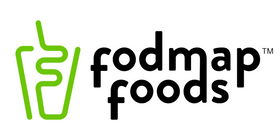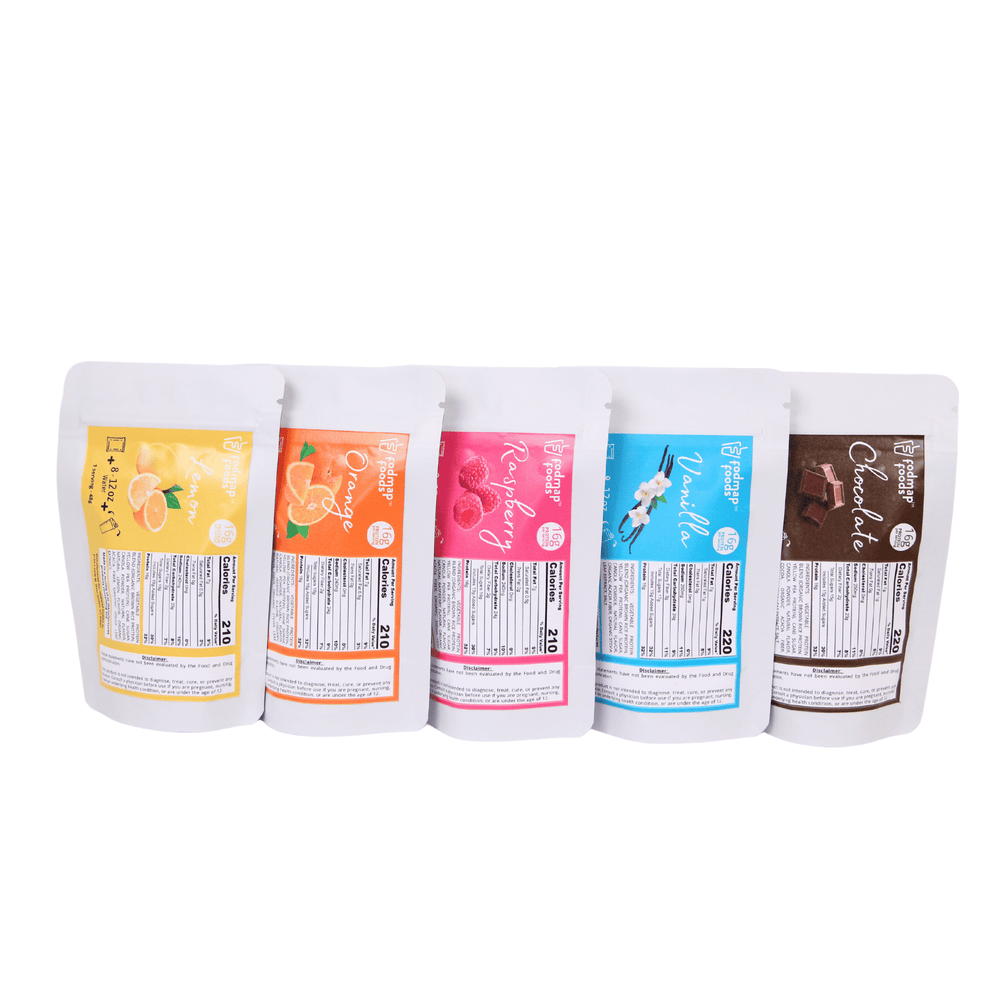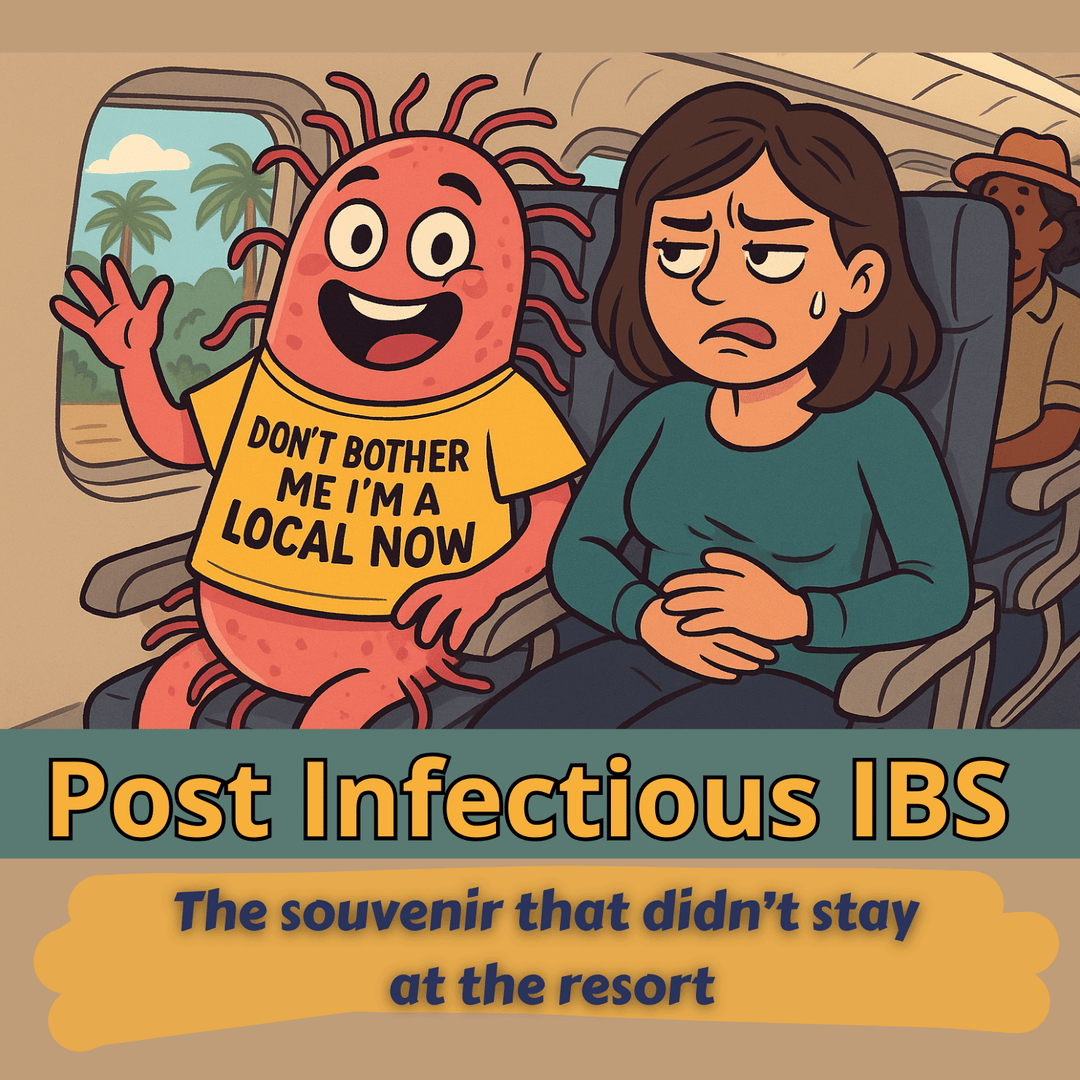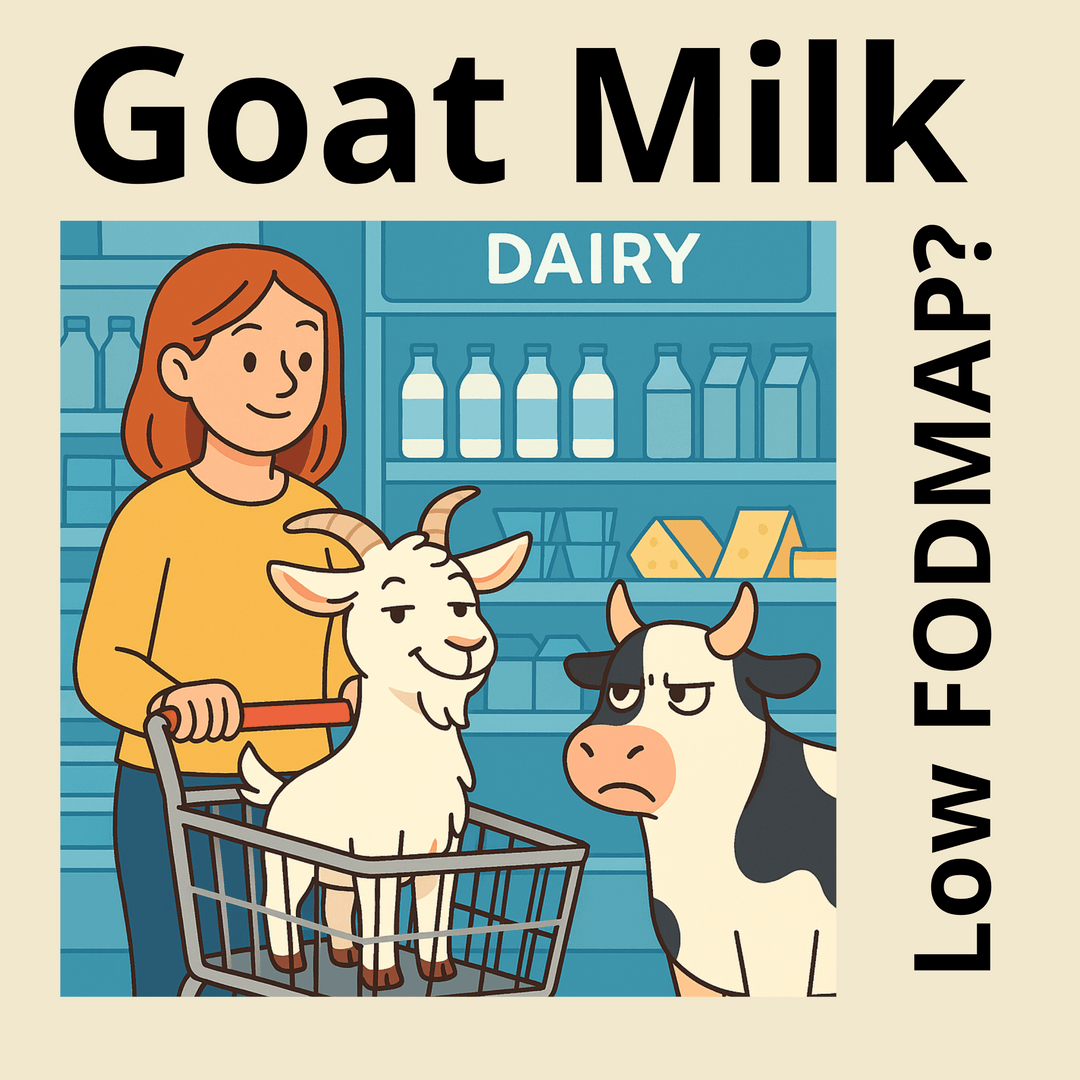What is a "Complete" protein?

complete proteins contains all 9 essential amino acids for life
First off, "What is a complete protein?"

A complete protein is a food that contains all 9 essential amino acids. Amino acids are the building blocks in the body that are "essential" for sustaining life. There are 20 amino acids our body uses to perform task in the body like building proteins, neurotransmitters, and hormones. We also use them to create and repair tissue in the body. As you might guess, we would not be able to sustain life without these little guys.

Of the 20 amino acids, 11 of them can be made from the other nine essential amino acids, meaning you can eat food with the nine essential amino acids and use those nine to build or create the other 11 you’re missing. These nine amino acids are histidine, isoleucine, leucine, lysine, methionine, phenylalanine, threonine, tryptophan, and valine. Humans cannot manufacture these nine amino acids, so they must be provided by the foods you eat.
What foods are complete proteins?
This is kind of a trick question. Some foods contain all nine essential amino acids, but the quantity is not enough to meet the requirements a person needs. Foods have been tested to see if they meet the minimum requirements of the essential amino acids. If they do, they are considered "complete". The foods below naturally contain the nine essential amino acids.
Animal sources
- Eggs
- Poultry (chicken or turkey)
- Fish
- Dairy products (examples: milk, cheese, or yogurt
- Beef
- Pork
Plant Sources
- Soy products, such as edamame or tofu
- Hemp
- Quinoa
- Buckwheat
- Spirulina
- Chia seed
As you can see there are numerous options for finding both plant and animal sources of complete proteins.
Our product is a complete protein!
We use a combination of Pea and Rice protein to create a combination of amino acids to make it a complete protein. Pea protein itself is almost a complete protein. It exceeds the minimum for all the essential amino acids except for methionine. Rice protein is almost a complete amino acid as well but does not meet the minimum for lysine. However, when you combine the Pea and Rice protein together, you get a great vegan source of all nine essential amino acids.
Why not just use an animal protein?

Plant protein blends has several advantages, beginning with the environmental impact. It takes fewer resources to produce pea and rice protein than animal proteins like dairy. This means the environmental impact of resources used and carbon produced is less.
Other Reasons we used these proteins
These two proteins are also great for people with allergies or sensitivities to soy, lactose, eggs, nuts, and gluten.
They are easy to digest and do not usually cause cramping, gas, bloating, diarrhea, or other digestive issues. Hence, these are great for the Low FODMAP diet.
The combination of being low in allergens, low in FODMAP (suitable for sensitive guts), and environmentally sustainable makes this protein blend a win-win solution. It's an exceptional choice for an outstanding protein powder.








Leave a comment